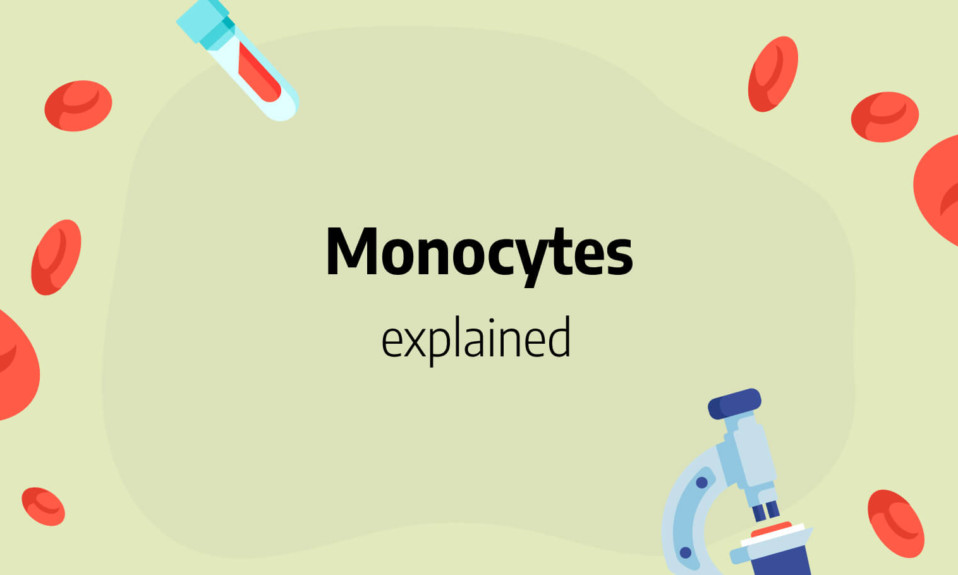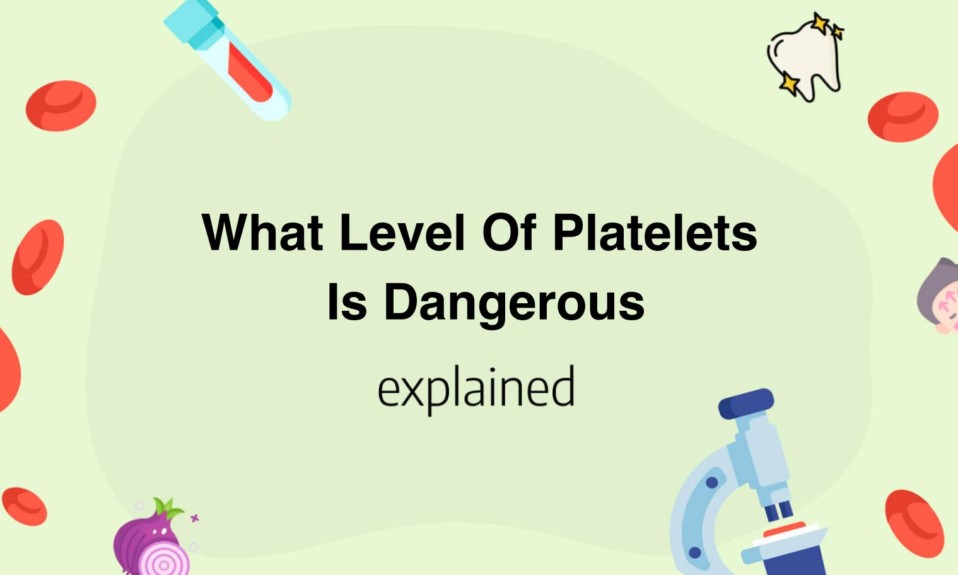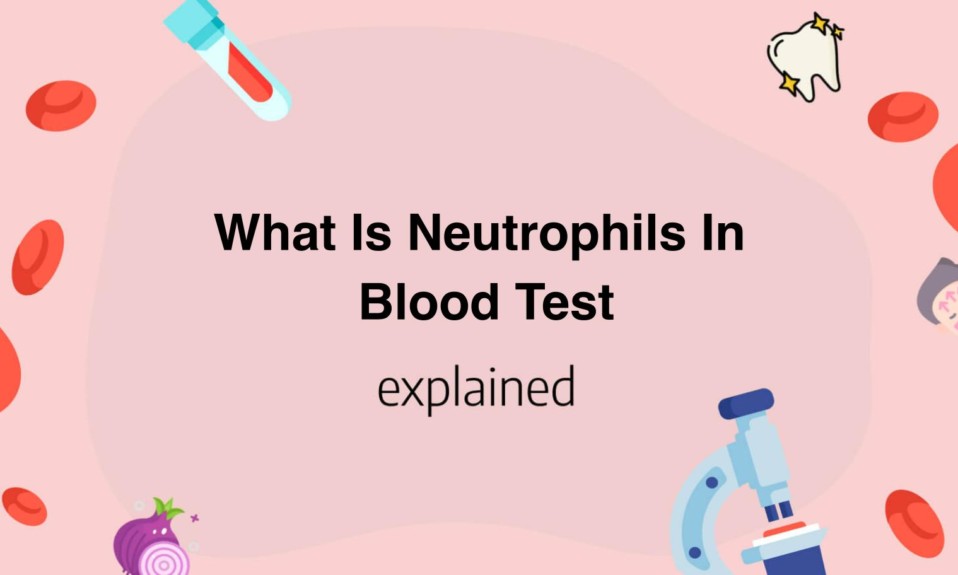In biology, monocytes are a variety of large mononuclear leukocytes (with only one nucleus) that originate from precursors, the monoblasts (bone marrow cells).
Monocytes leave the bone marrow and enter the bloodstream and differentiate into macrophages when they infiltrate a tissue (liver, lungs, lymph nodes, spleen…).
What are monocytes?
Monocytes are the largest leukocytes (white blood cells): they measure between 20 and 25 microns in diameter, and represent 2 to 10% of all leukocytes.
A macrophage is a cell that comes from the transformation of monocytes in the blood.
What is the function of monocytes?
In addition to platelets and plasma, blood contains red and white blood cells.
Only about 1% of blood contains white blood cells, but they play an important role in protecting against infectious diseases.
The bone marrow produces monocytes and releases them into the bloodstream and once they reach the body tissues, they are called macrophages (phagocytic cells of the immune system).
At this point, they isolate and ingest germs and other harmful microorganisms.
In addition, they get rid of dead cells and contribute to the immune response. It is important to note that white blood cells usually live only 1-3 days, so the bone marrow constantly produces more.
There are 5 types of white blood cells (including monocytes) and each has distinct roles and a specific major role (role in clotting, etc.):
- Basophils: they secrete chemicals to help fight allergies and infectious agents.
- Eosinophils: attack parasites and cancer cells and contribute to the allergic response.
- Lymphocytes: produce antibodies against bacteria, viruses and other foreign substances.
- Neutrophils: kill bacteria and fungi.
- Monocytes: are a type of white blood cell (leukocyte) that fight certain infections (chronic infections, bacterial infections, viral infections) and also help other white blood cells to eliminate dead or damaged tissue, destroy cancer cells and regulate immunity to foreign substances.
What is absolute monocytes count (amc)?
Monocyte count, can be obtained through a complete blood count test.
Values on a CBC test are expressed in:
- absolute number which is what we call absolute monocytes count (AMC) when we are talking about monocytes.
- percentage.
Monocytes normal range
International standards estimate that a normal level of monocytes in the blood is between 0.20 and 0.75 gigas per liter, or 200 to 750 units per milliliter in absolute number.
What is considered a low monocyte count?
When the monocyte count is too low, less than 200 cells per cubic millimeter, it is called monocytopenia.
It can occur in different contexts, such as:
- bone marrow aplasia
- tricholeukocyte leukemia, a rare condition where the quantity of monocytes in the blood is zero
- treatment with corticosteroids.
What is considered a high monocytes count?
An excessively high level of monocytes in the blood (more than 1,000 cells per cubic millimeter) defines monocytosis.
The test to detect it is the blood count, also called Complete Blood Count (CBC), which consists of quantifying the white blood cells, red blood cells and platelets contained in a blood sample.
There are 2 types of high monocytes count or monocytosis.
Transient monocytosis
In response to a given pathology, the monocyte count may rise over a period of weeks to months.
Transient monocytosis may occur in cases of :
- bacterial infections such as tuberculosis, syphilis, tiphoid, endocarditis (inflammation of the heart valve wall), or parasitic infections (leishmaniasis, malaria…)
- inflammation, associated with cancer (lymphoma, breast cancer, ovarian cancer…), or chronic diseases such as systemic lupus erythematosus, rheumatoid arthritis, Crohn’s disease
- after chemotherapy: sometimes these treatments lead to bone marrow aplasia, i.e. the bone marrow produces fewer blood cells (but, once the treatment is over, monocytes reappear in the blood in high quantities);
- in case of tissue necrosis, e.g. following a myocardial infarction.
Chronic monocytosis
Fatigue, fever, night sweats, and weight loss associated with monocytosis that persists over time may suggest a leukemic origin (undernutrition is observed in 34% of patients with leukemia). In this case, monocytosis is permanent if the disease is not stopped.
A distinction is made between:
- acute monocytic leukemias (acute monoblastic leukemia or acute myelomonocytic leukemia)
- chronic monocytic leukemia









